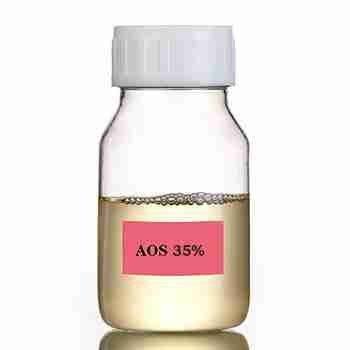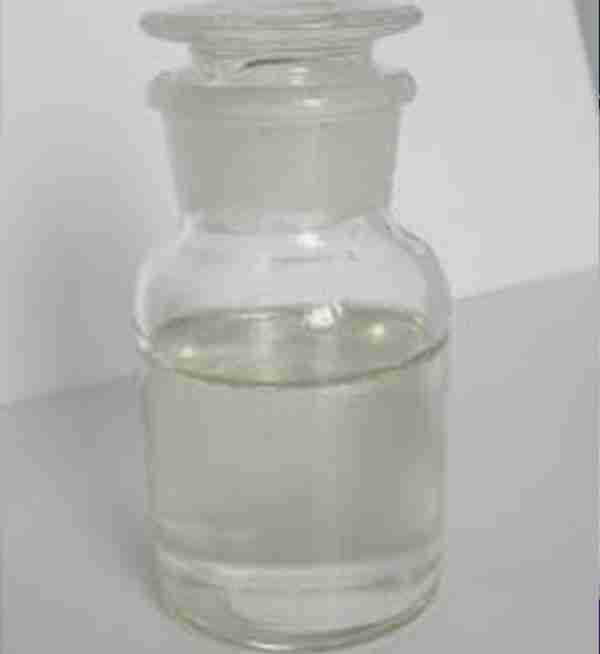Benzalkonium Chloride CAS 8001-54-5
Chemical Name : Benzalkonium chloride
CAS : 8001-54-5
Capacity : 10000MT per year
Purity : 50% 80%
Packaging :
50%: 200kg/drum or 1000kg/IBC drum
80%: 200kg/drum or 950kg/IBC drum
发送询盘
Description
Benzalkonium Chloride
Benzalkonium Chloride Quick Details
Chemical Name : Benzalkonium chloride; DDBAC
CAS : 8001-54-5
Molecular Fomula : C17H30ClN
Molecular Weight : 283.88
Chemical Structure :
Appearance : Pale yellow transparent liquid
Purity : 50% 80%
Benzalkonium Chloride Typical Properties
Item
Specifications
Appearance
Colorless or pale yellowtransparent liquid
Solid content %
50.0% min 80%min
Amine salt %
2.0%max
PH(1% water solution)
6.0-8.0
Specific Gravity
0.98
Benzalkonium Chloride Usage
1. Benzalkonium Chloride is used in pharmaceuticals such as leave-on skin antiseptics.
2. Benzalkonium Chloride is used as antiseptic in Bactine to safely treat childhood scrapes and cuts.
3. Benzalkonium Chloride is used in advanced, next generation hand sanitizers.
4. Benzalkonium Chloride is used in hygienic towelettes and wet wipes.
5. Benzalkonium Chloride is used in cosmetics such as eye and nasal drops, as a preservative.
6. Benzalkonium Chloride is used in cleaners for floor and hard surfaces as a disinfectant.
7. Benzalkonium Chloride is used in high-level surgical instrument sterilizing and disinfection solutions.
8. Benzalkonium Chloride is used in air and surface sprayable disinfectants.
9. Benzalkonium chloride available as a textile dyeing and finishing industry of fungicides and softeners, antistatic agents, emulsifiers, conditioner, etc.
Benzalkonium Chloride Packaging
50%: 200kg/drum or 1000kg/IBC drum
80%: 200kg/drum or 950kg/IBC drum
Benzalkonium Chloride Storage
Sheltered, dry, dark place for storage
| 5 |
|
0 |
| 4 |
|
0 |
| 3 |
|
0 |
| 2 |
|
0 |
| 1 |
|
0 |
- 2
- 2-diallylpent-4-en-1-amine
- 4
- 95-16-9
- Ammonium sulfamate
- Benzothiazole
- cas:67889-00-3ح2
- cas:83524-75-8 | pigment black 32
- cas:928836-00-4 | 2
- cas:932745-70-5 | 4
- Chemical Minerals
- Coconut diethanolamide
- Daily Chemicals
- discount
- for sale
- General pvc resin
- hexyl D-glucoside
- in stock
- Lauramidopropyl betaine
- LAURIC ACID MONOETHANOLAMIDE
- Petroleum Additives
- Plasticiser
- Ploymers
- price
- PVC
- quotation
- Raw Materal
- Remove term: Petroleum Additives Petroleum Additive
- SODIUM ETHYL 2-SULFOLAURATE
Related Products
Chemical Name: 3-Hydroxybutyric acid
CAS No.: 625-71-8
Molecular Formula: C4H8O3
Molecular Weight: 104.1
Appearance: White powder
Chemical Name: Potassium Castorate
CAS No.: 8013-05-6
Molecular Formula: C57H107K3O12
Molecular Weight: 1101.74718
Appearance: Yellow Liquid
Decyl Glucoside is an eco-friendly, non-ionic surfactant derived from renewable resources. Renowned for its mildness and biodegradability, it is ideal for creating gentle, high-performing cleaning agents in personal care and household products. Its sustainable and effective nature makes it a preferred choice for green formulations.
Product name:Cyclopentane
Purity:96%
Appearance:White powder
Package:25kg/bag
Sample:Available
Lauryl Glucoside is an eco-conscious non-ionic surfactant, derived from sustainable lauric acid and glucose. It offers superior mildness and biodegradability, making it an ideal choice for formulating gentle and effective cleaning agents in personal care and household products. Its bio-based nature aligns with the growing demand for green chemistry solutions.
Hexyl D-glucoside is a non-ionic, plant-based surfactant derived from renewable resources such as corn or potato starch. It is recognized for its excellent skin compatibility and mildness, making it a preferred choice for formulations in personal care products, especially those targeting sensitive skin. With its superior solubilizing and foaming capabilities, it enhances the sensory experience of the product without compromising its gentleness. Its eco-friendly profile and biodegradability also align with green chemistry principles, appealing to consumers seeking sustainable product options.
Coconut diethanolamide is a derivative of coconut fatty acids, where the fatty acid is reacted with diethanolamine to form an amide. This compound is commonly used as an emulsifier and viscosity modifier in personal care products such as shampoos, conditioners, and creams. It imparts a smooth texture and enhances the stability of formulations. Coconut diethanolamide is valued for its ability to improve the foaming properties and skin feel of products, making it a preferred ingredient for creating luxurious and effective formulations in the cosmetics and personal care industry.
Lauryl Glucoside is an eco-conscious non-ionic surfactant, derived from sustainable lauric acid and glucose. It offers superior mildness and biodegradability, making it an ideal choice for formulating gentle and effective cleaning agents in personal care and household products. Its bio-based nature aligns with the growing demand for green chemistry solutions.
Lauramidopropyl betaine is a mild, biodegradable surfactant commonly used in personal care products and cleaning formulations. It is derived from coconut oil and is known for its foaming and wetting properties, making it ideal for creating rich lathers. This ingredient is particularly favored for its gentleness on the skin and its ability to cleanse without causing irritation, making it suitable for sensitive skin types. It also contributes to the product’s viscosity and stability.
Common English name: 5-iodo-2,3-dihydropyridazin-3-one
CAS No.: 825633-94-1
Molecular formula: C4H3IN2O
Molecular weight: 221.98
Sample: Available
Chemical Name: STODDARD SOLVENT
CAS No.: 64742-88-7
Appearance: Colorless or Light Yellow Liquid
Lauramidopropyl betaine is a mild, biodegradable surfactant commonly used in personal care products and cleaning formulations. It is derived from coconut oil and is known for its foaming and wetting properties, making it ideal for creating rich lathers. This ingredient is particularly favored for its gentleness on the skin and its ability to cleanse without causing irritation, making it suitable for sensitive skin types. It also contributes to the product’s viscosity and stability.

















Reviews
There are no reviews yet.